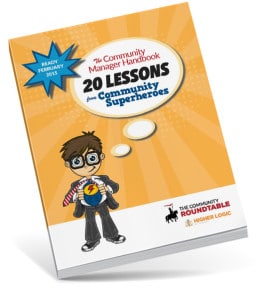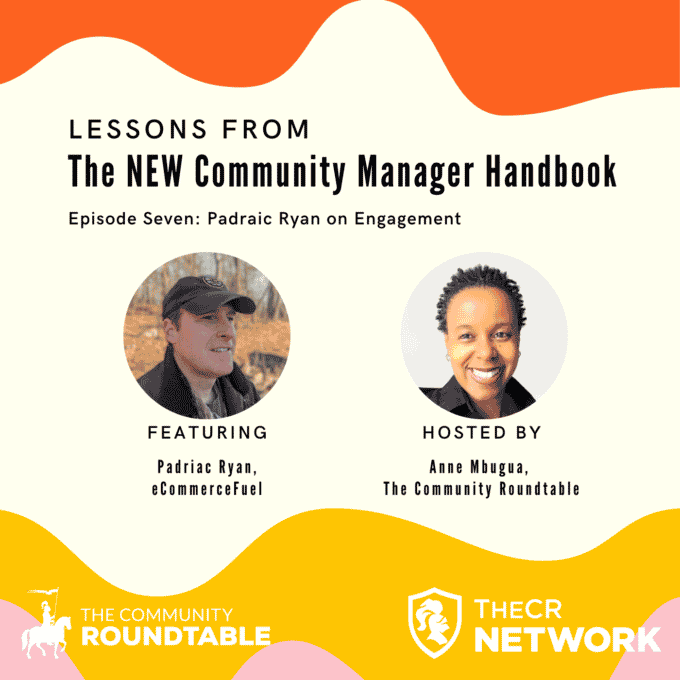
Lessons from The NEW Community Manager Handbook is a limited-run podcast series, featuring the 21 community leaders showcased in the Handbook in conversation with Anne Mbugua.
Episode Six, 5 Ways to Build Engagement, features Padraic Ryan, Community Manager at eCommerceFuel.
Padraic and Anne Mbugua discuss 5 ways to build engagement that the eCommerceFuel team use within their private community. Padriac shares best practices for onboarding, creating community value for members, and how to get members’ attention in an increasingly noisy world.
Listen to 5 Ways to Build Engagement with Padraic Ryan
Podcast (handbook-podcast): Play in new window | Download
About Padraic Ryan
In Padriac’s words…
I wanted to be an Architect since I was a little kid thanks to watching way too many episodes of the Brady Bunch. I took drafting classes in High School and even drafted up some plans for a new house for one of my teachers. I managed to somehow get into the prestigious University of Miami School of Architecture and where I learned from some of the world’s best Architects. Miami also taught me a LOT about the world which was even more valuable than the education.
I managed to score a great job, moved to Connecticut (not my first choice), and became a licensed Architect. Sadly, the profession wasn’t all that Mike Brady made it out to be, and I quickly realized it wasn’t what I wanted to be doing with my life. I learned a bit about website design in school and started building sites for friends and family on the side. It quickly turned into a lucrative practice, and in 2003 I founded Ryan Design Studio. In 17 years my team and I built over 500 sites for eCommerce businesses all over the world.
I’d been a member of eCommerceFuel.com for years, and when the opportunity presented itself in 2019 to become the Community Manager, I jumped at the chance. It was one of the best decisions I ever made.
On the personal side of things, my wife and I live in a small, rural town in New Hampshire close to where I grew up. I enjoy travel (when there isn’t a pandemic), growing my own food, brewing my own beer, spending time in the woods/mountains, home improvement and I’m still as addicted to video games as I was when I was a kid (and can afford a MUCH better gaming rig now!).
About eCommerceFuel
eCommerceFuel is a private, 1000+ member community for experienced 7-figure+ store owners. Our average member owns a business doing $2.6 million in revenue and has been in the eCommerce world for more than 7.5 years. Members get real-time help with just about any problem they can imagine, access over 20,000 archived discussions, access to a proprietary review directory with10,000+ member-submitted software and service provider reviews, and invitations to exclusive members-only events and meetups, including our popular ECF Live annual conference.
You can learn more at: https://www.ecommercefuel.com
About The NEW Community Manager Handbook
The NEW Community Manager Handbook features 21 profiles of community leaders sharing advice and ideas on everything from accessibility, hiring, strategy, gamification, defining the digital workplace, technology, and more. Each profile is paired with research from the State of Community Management reports and includes tactical advice for implementing what you’ve learned.
Learn from community management experts at Easterseals, Glencore, Microsoft, UKG, the World Bank Group, Analog Devices, Inc., AAMC, Zapier, Doctors Without Borders, and more.
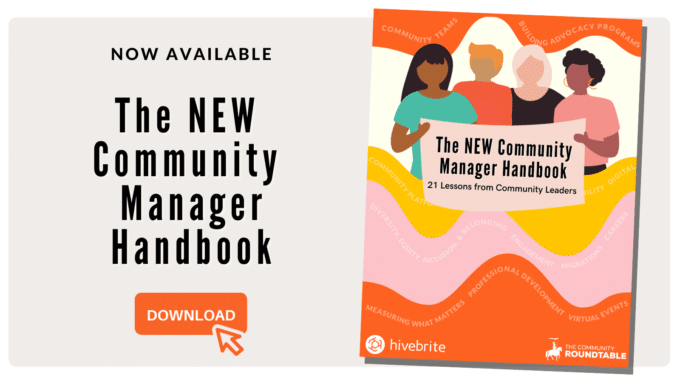
Want more than 5 ways to build engagement?
You can find more resources for building community engagement programs here.
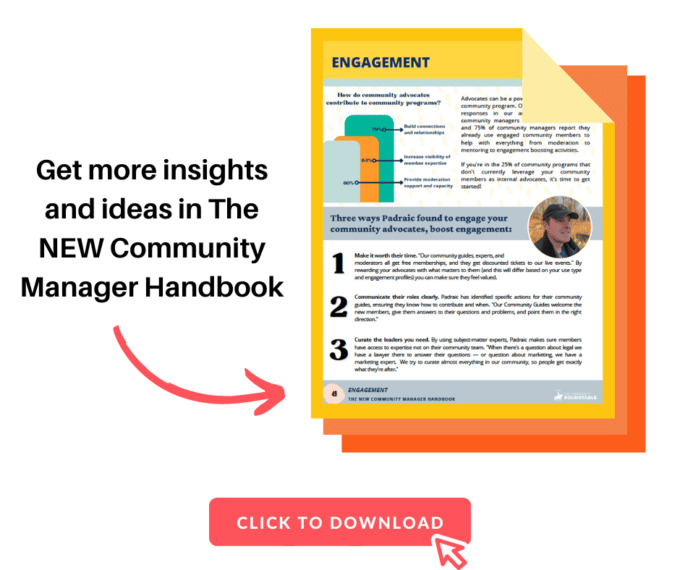
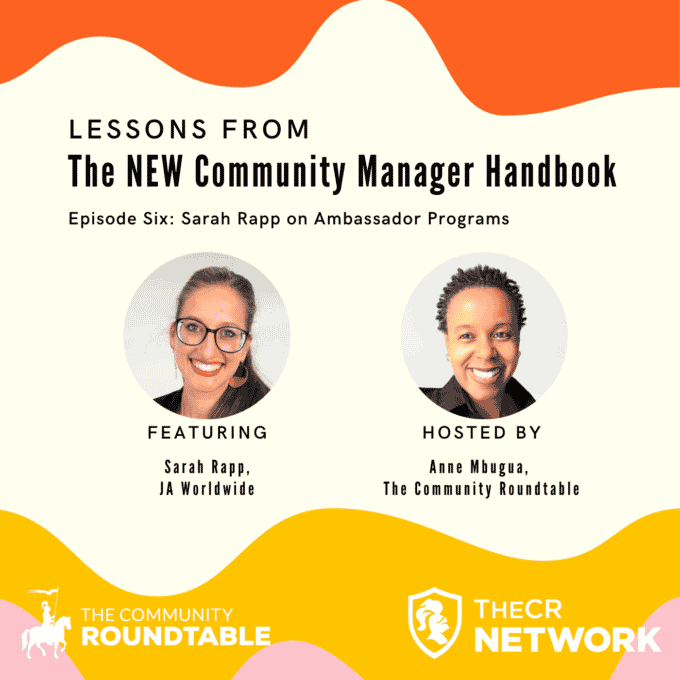
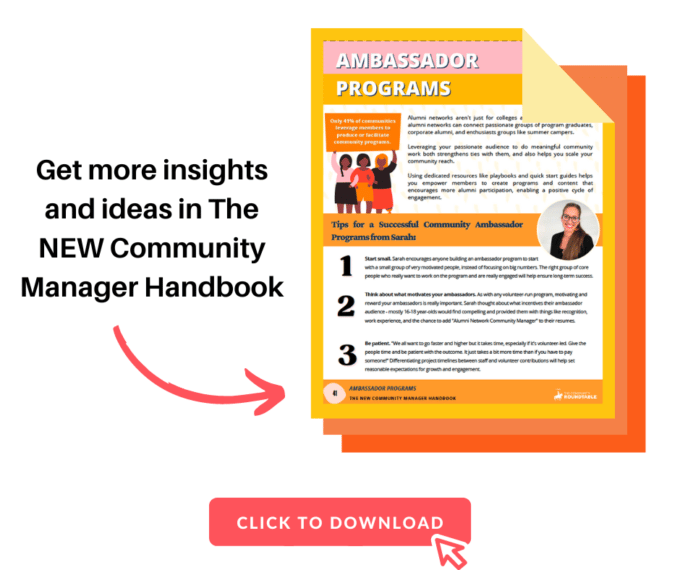
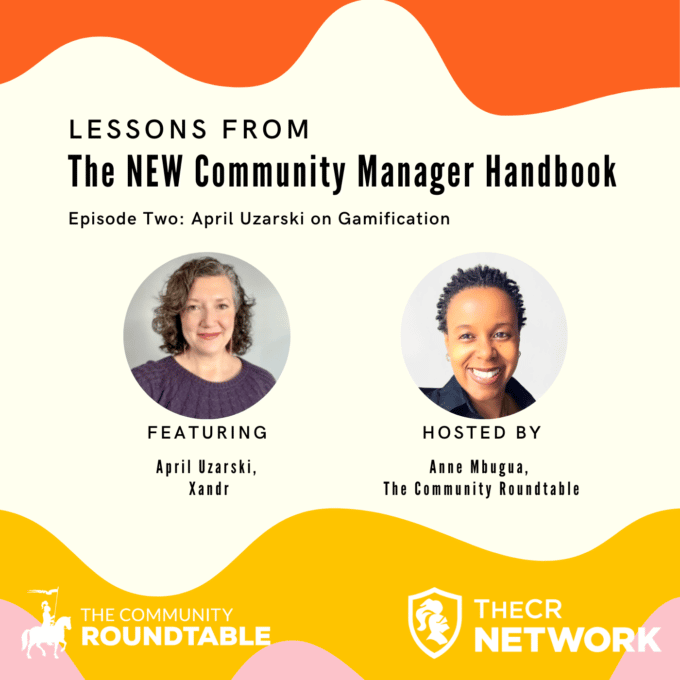



 Last week, The Community Roundtable released
Last week, The Community Roundtable released 